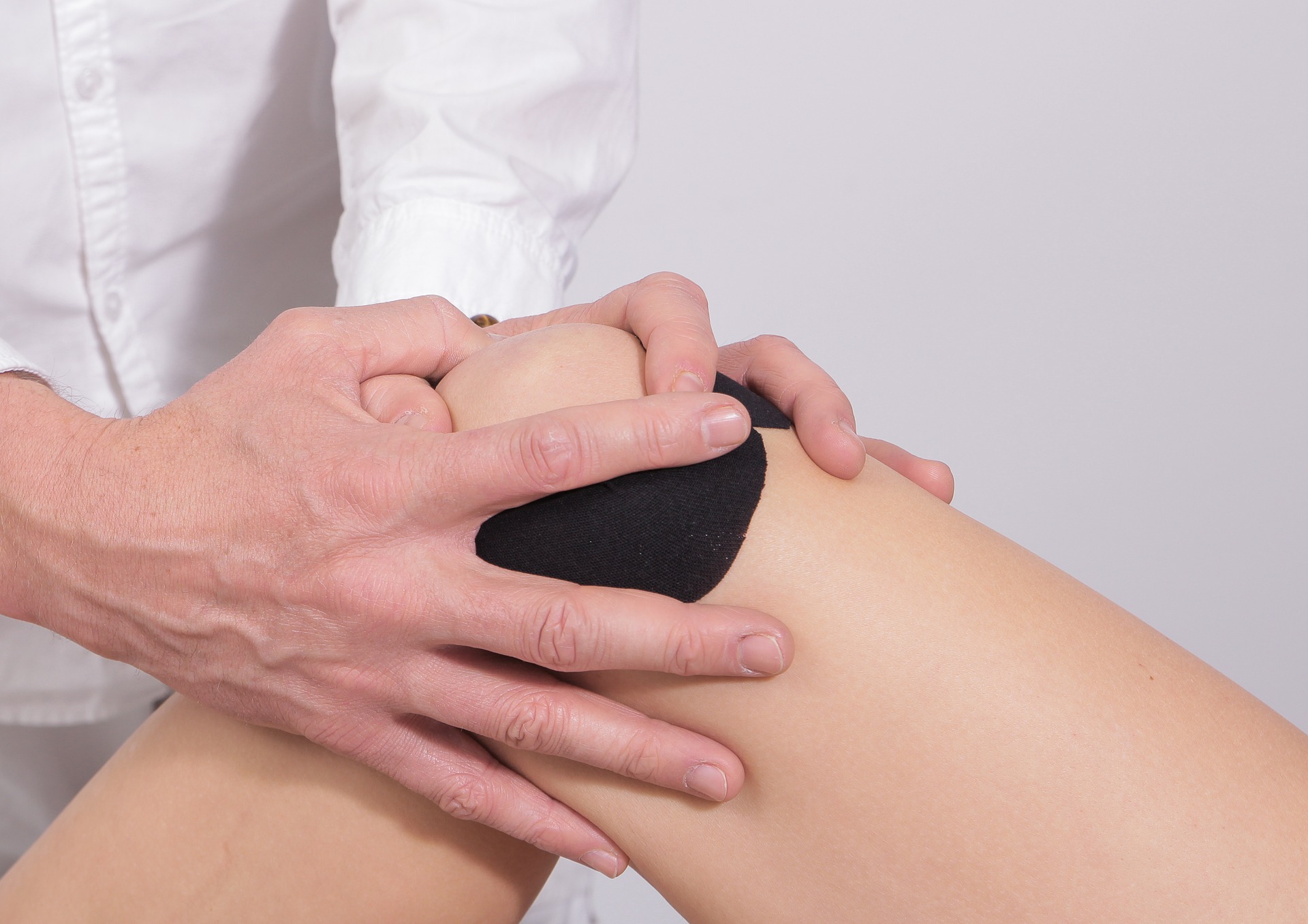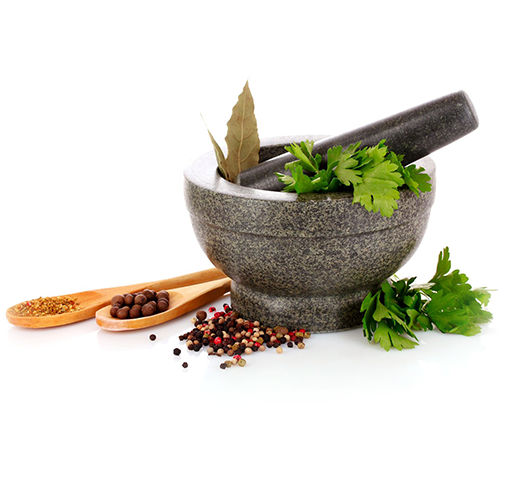Joints are crucial parts of our body and in case injured or inflamed, they can cause immobility and pain. There could be main reasons for joint pain from natural aging to injury. Stiffness in the joints and pain–are common complaints for many people. Injury to the bones could be anywhere from mild to severe.
Causes of joint pain —
Joint Pain could occur from several conditions such as–
*Complications following treatment of other health conditions.
* Most common joint pain is Osteo Arthritis and Rheumatoid Arthritis. It could be worrisome and can make a person unable to perform their daily activities adequately.
*Injury /Accidents
*Inflammation of joints
*Leukemia
*Degeneration
*Sprains and strains.
Symptoms of Joint Pain could include–
*Weakness
*Swelling
*Stiffness
*Limited range of motion
*Tenderness
Ayurvedic Treatment—
Ayurveda offers ‘Safe and Effective treatment alternatives for joint pain.
The herbs used in Ayurveda have all shown to reduce inflammation by interfering with the production of inflammatory chemicals in the body.
The Effectiveness of joint pain treatment through Ayurveda—
Ayurvedic specialists explain that joints are the vital parts of the body and in case of a disease, or injury, they cease to function as they ought to.
Treating joint pain with an ayurvedic approach is an individualized process. The patient is 1st diagnosed and evaluated as per the symptoms. Any treatment approach will aim at balancing the ‘Vata’ [ combination of air and ether], which causes inflammation and pain. The severity of the joint condition influences the treatment approach. Treatments also include massaging the joints with enriched oils and other herbs. Applying the medicated paste on the diseased bone is another treatment approach.
Treatment Process—
Ayurvedic medicines combined with some joint exercises and therapies help to give natural and gradual relief from stiffness, swelling and joint pain. You can get rid of taking pain killers provided you do comfortable and easy movements regularly. Ayurvedic medicines can help in maintaining the healthy joints, from thereon. Ayurvedic Approach works best to cure and root out the joint pain.
At Madras Institute of Ayurveda, [MIA] Chennai, the centre of Ayurvedic medicine and treatment–Ayurvedic tradition meets modern techniques, ranging from Panchakarma treatment to rejuvenation treatment. MI Ayurveda provides authentic treatement for joint pain , at Vadapalani, Chennai, Vijaya Hospital.
With facilities for quality ayurvedic treatments on par with the highest standards and finest traditions dating back to Vedic times, MIA has a full-fledged outpatient and in-patient department.
To know more, log onto www.miayurveda.org.
Author: Raj Mohan,





